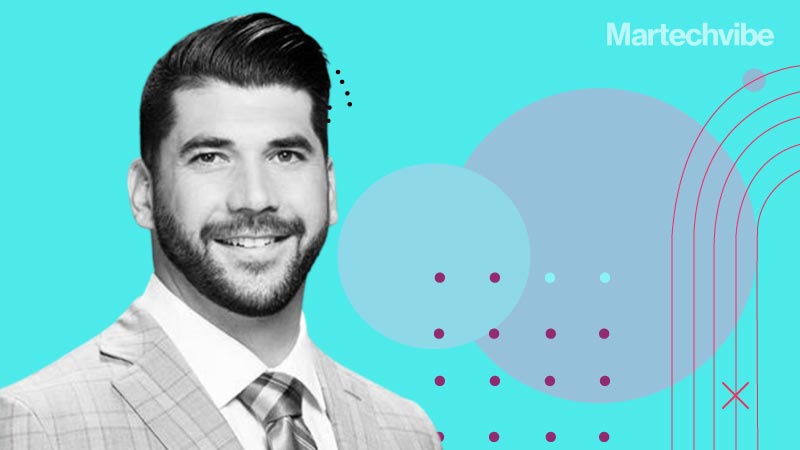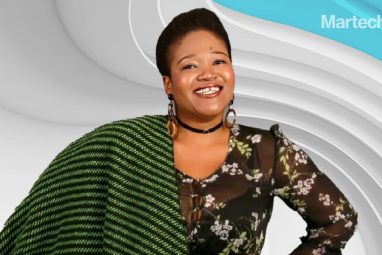OOH Advertising Evolving From An Upper Funnel Tactic To The Middle Funnel
With the use of technology and data, out-of-home advertising has become more measurable, l, performance-based strategy, says James Heller CEO and Co-Founder, Wrapify, in an exclusive interview. How can B2B marketers leverage OOH advertising to reach decision-makers? James Heller: Traditionally, out-of-home (OOH) advertising has been a consumer marketing tactic. But now, with the use of […]
Topics

With the use of technology and data, out-of-home advertising has become more measurable, l, performance-based strategy, says James Heller CEO and Co-Founder, Wrapify, in an exclusive interview.
How can B2B marketers leverage OOH advertising to reach decision-makers?
James Heller: Traditionally, out-of-home (OOH) advertising has been a consumer marketing tactic. But now, with the use of technology and data, OOH advertising has become more measurable, evolving from an upper-funnel tactic to a mid-funnel, performance-based strategy. B2B marketers can leverage OOH advertising for their account-based marketing efforts by demographic targeting the neighbourhoods in which key decision-makers live, which is especially important when it comes to engaging with target accounts as they spend more time working at home and less time at office headquarters. By segmenting OOH exposure, marketers extend the impact of their OOH ad and retarget the audience exposed to the ad on digital platforms to drive awareness and sales.
Also Read: How Real is Artificial Intelligence for Customer Experience
How has the pandemic bridged the gap of OOH’s evolution from awareness to performance?
Heller: OOH platforms needed hard data to fill the proof gap and compete with growing digital budgets. At the onset of the pandemic, the OOH industry was hit hard. This forced OOH platforms to evolve and adapt quickly to the needs of today’s marketer. Programmatic advancements made OOH more of an audience buy than the old-school inventory-based real estate buy. Attribution advancements and the blurring line between digital and OOH made the channel more measurable and addressable. Being able to measure website conversion and visitation in-store as a result of the OOH exposure moved the channel further down the funnel.
How did Zoom benefit from leveraging Wrapify’s performance-driven ad tech platform?
Heller: In addition to several of our other B2B clients, Zoom leveraged the rise of app-enabled delivery to drive reach and frequency in neighbourhoods. In a time where work-from-home was unprecedented, B2B marketers were presented with a unique opportunity to reach decision-makers in an omnichannel environment.
How does Wrapify plan to bring this to other marketers looking to advertise their brand?
Heller: At Wrapify, we onboard new campaigns for brands every week. We currently work with some of the largest brands nationwide, including Oracle, T-Mobile and 7-Eleven. While the majority of our business has been brand-direct, agency adoption is on the rise.
Do you have any plans to expand your business to other regions?
Heller: We‘re focused on continuing to empower brands to reach audiences by combining our performance-driven OOH and omnichannel ad tech platform with the gig economy across the US. In 2022, we’re looking to expand our services to Canada and Latin America.






